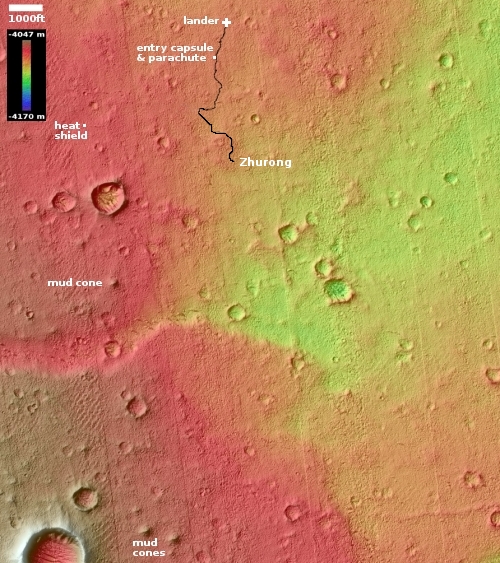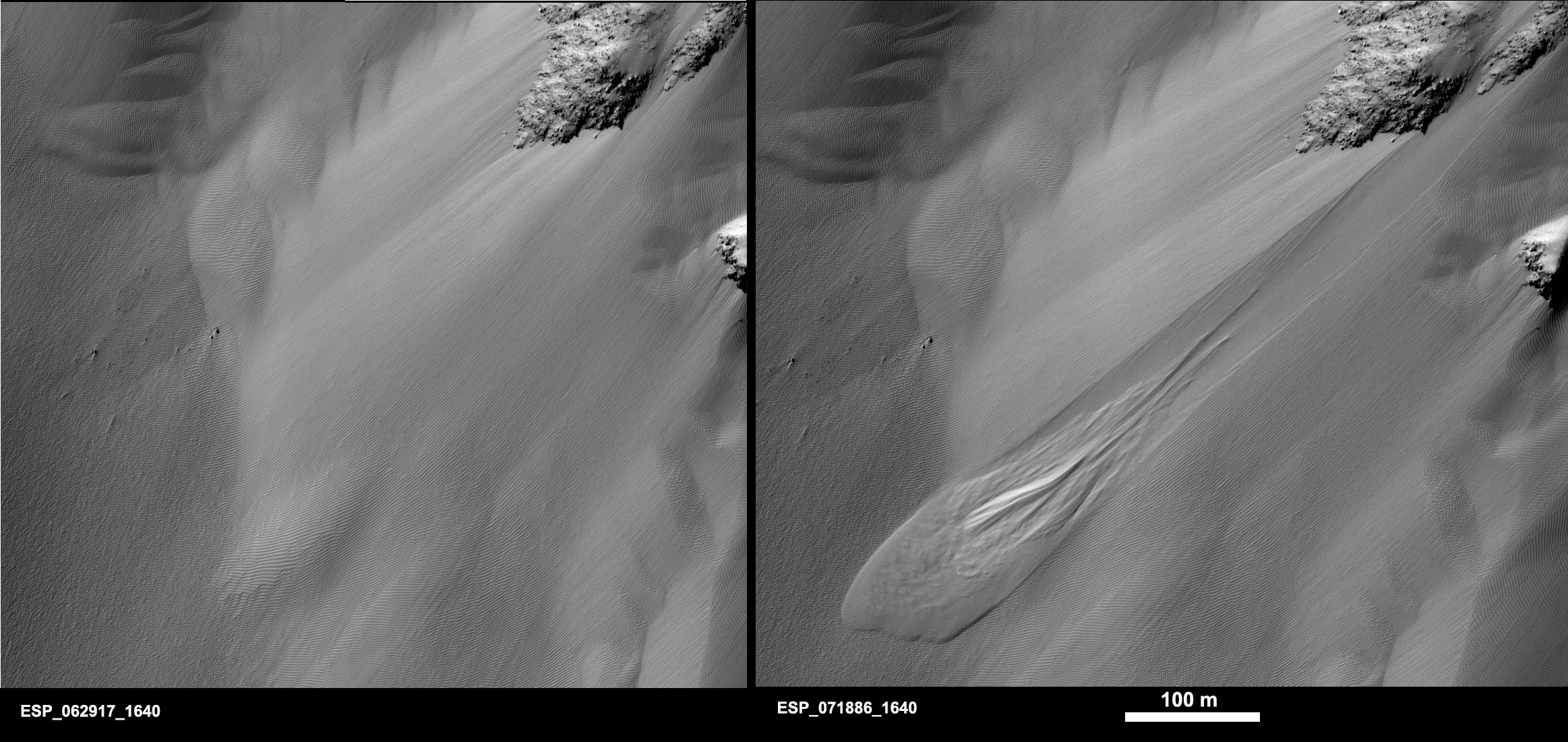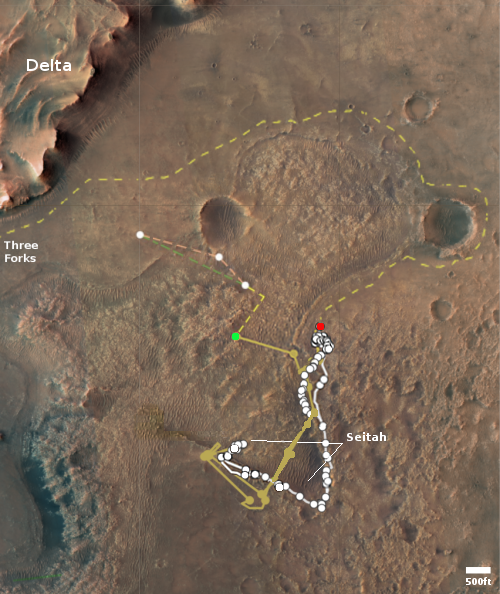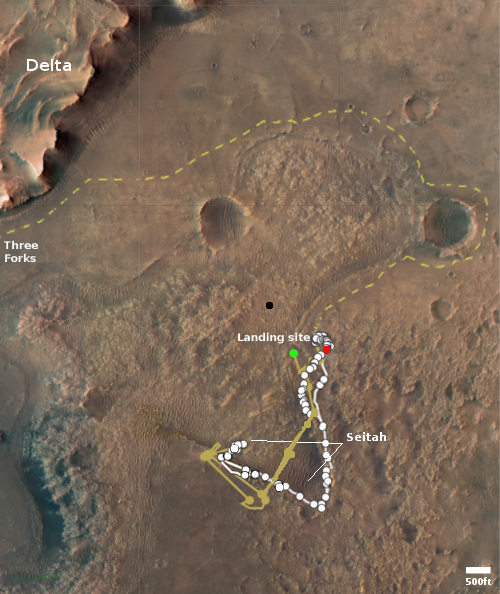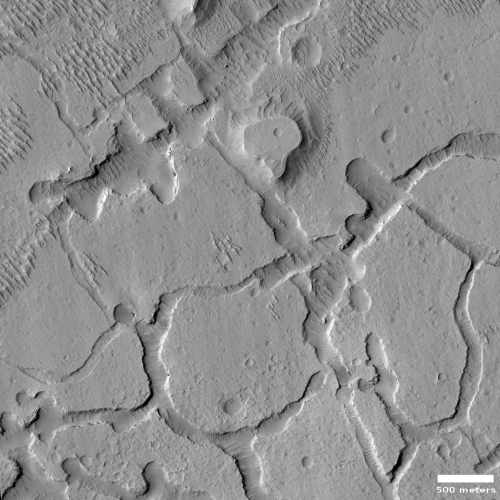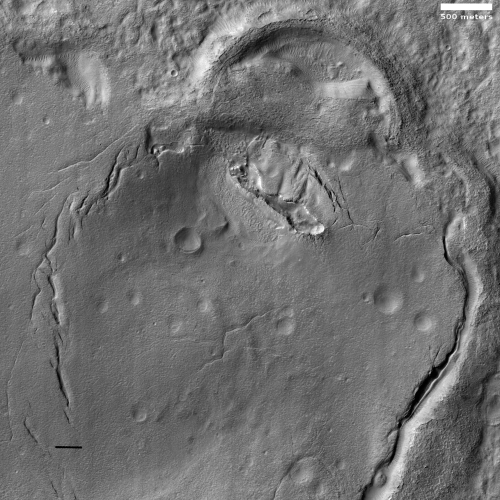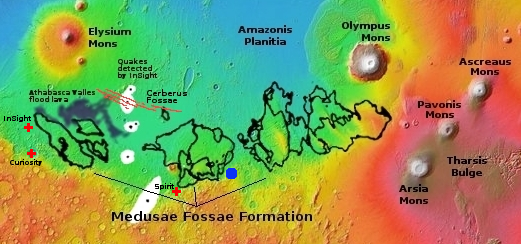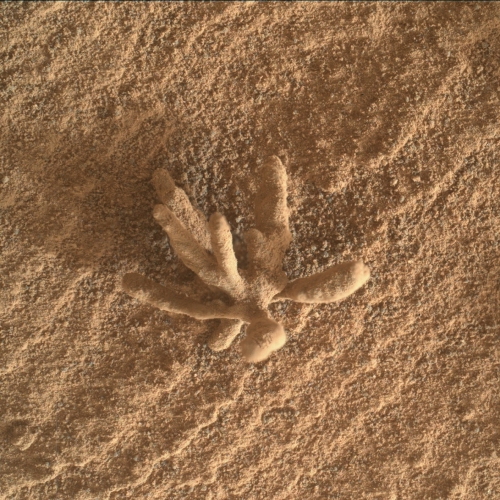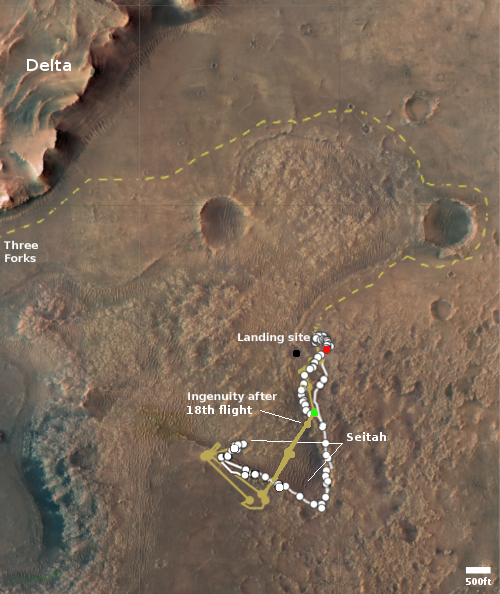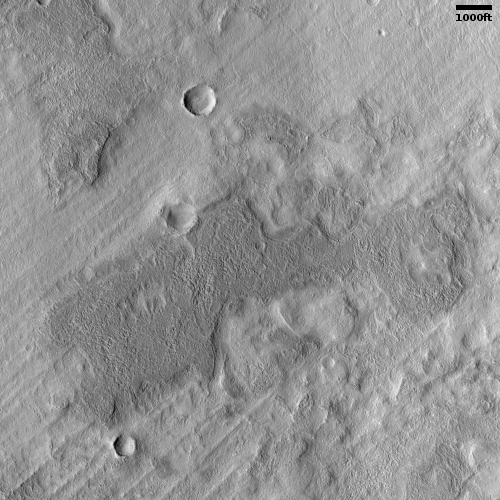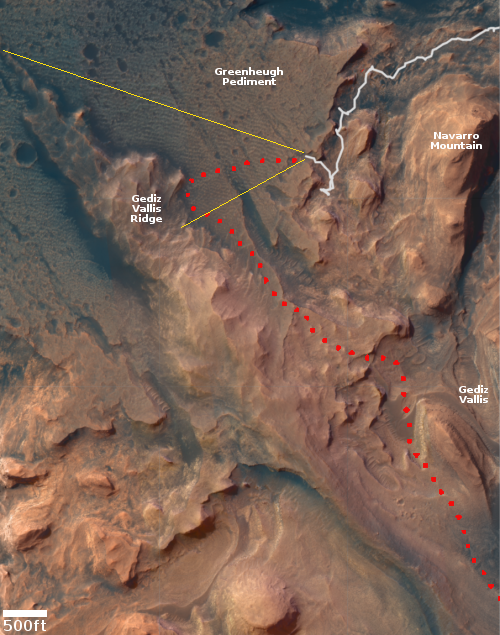NASA: Europa Clipper’s cost rise; Mars sample return delayed
At a meeting this week NASA officials admitted that the cost of its Europa Clipper mission has risen by three quarters of a billion dollars, and that the sample return mission to bring back Perseverance’s core samples will be delayed, as well as now require two landers, not one.
NASA revealed significant changes to two of its flagship planetary science missions at today’s Space Science Week meeting at the National Academies of Sciences, Engineering and Medicine. The cost for Europa Clipper, which will gather data as it makes multiple swingbys of Jupiter’s moon Europa, has grown from $4.25 billion to $5 billion. Separately, NASA and ESA are replanning the Mars Sample Return mission. Two landers are needed instead of one to retrieve samples from the surface of Mars and boost them into orbit for their trip back to Earth. The launches will be in 2028 instead of 2026.
The sample return mission itself is also growing in complexity:
A Sample Fetch Rover will be sent to collect them and take them to a Mars Ascent Vehicle — a rocket — that will shoot them into Martian orbit where they will be transferred to an Earth Return Orbiter for the trip back to Earth.
Initially the plan was for the fetch rover and ascent vehicle to be launched together in 2026, and the Earth Return Orbiter in 2027. But Zurbuchen decided to convene an Independent Review Board in 2020 to get an impartial assessment of the plan by outside experts. The Board cautioned that 2026 was “not achieveable” with 2028 a more realistic date, and that the “program’s schedule and cost are not aligned with its scope.”
Consequently, NASA now has replanned the mission with two landers — one each for the fetch rover and ascent vehicle — instead of one. Both landers will launch in 2028. The Earth Return Orbiter will still launch in 2027. The samples will get back to Earth in 2033.
Prediction: The launch of this fleet of sample return spacecraft will be further delayed, and its overall cost will rise, by a lot. In fact, it is very possible that SpaceX’s Starship will have already returned samples from Mars before NASA’s mission gets off the ground.
At a meeting this week NASA officials admitted that the cost of its Europa Clipper mission has risen by three quarters of a billion dollars, and that the sample return mission to bring back Perseverance’s core samples will be delayed, as well as now require two landers, not one.
NASA revealed significant changes to two of its flagship planetary science missions at today’s Space Science Week meeting at the National Academies of Sciences, Engineering and Medicine. The cost for Europa Clipper, which will gather data as it makes multiple swingbys of Jupiter’s moon Europa, has grown from $4.25 billion to $5 billion. Separately, NASA and ESA are replanning the Mars Sample Return mission. Two landers are needed instead of one to retrieve samples from the surface of Mars and boost them into orbit for their trip back to Earth. The launches will be in 2028 instead of 2026.
The sample return mission itself is also growing in complexity:
A Sample Fetch Rover will be sent to collect them and take them to a Mars Ascent Vehicle — a rocket — that will shoot them into Martian orbit where they will be transferred to an Earth Return Orbiter for the trip back to Earth.
Initially the plan was for the fetch rover and ascent vehicle to be launched together in 2026, and the Earth Return Orbiter in 2027. But Zurbuchen decided to convene an Independent Review Board in 2020 to get an impartial assessment of the plan by outside experts. The Board cautioned that 2026 was “not achieveable” with 2028 a more realistic date, and that the “program’s schedule and cost are not aligned with its scope.”
Consequently, NASA now has replanned the mission with two landers — one each for the fetch rover and ascent vehicle — instead of one. Both landers will launch in 2028. The Earth Return Orbiter will still launch in 2027. The samples will get back to Earth in 2033.
Prediction: The launch of this fleet of sample return spacecraft will be further delayed, and its overall cost will rise, by a lot. In fact, it is very possible that SpaceX’s Starship will have already returned samples from Mars before NASA’s mission gets off the ground.



